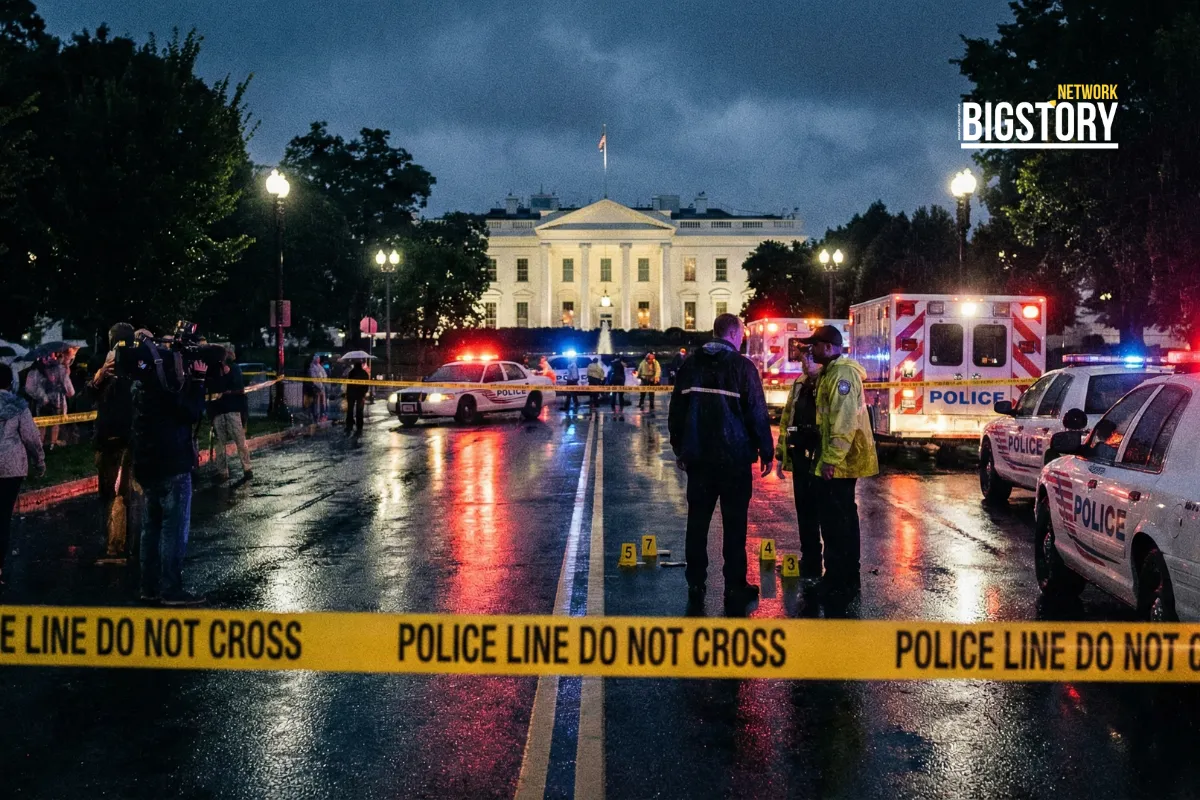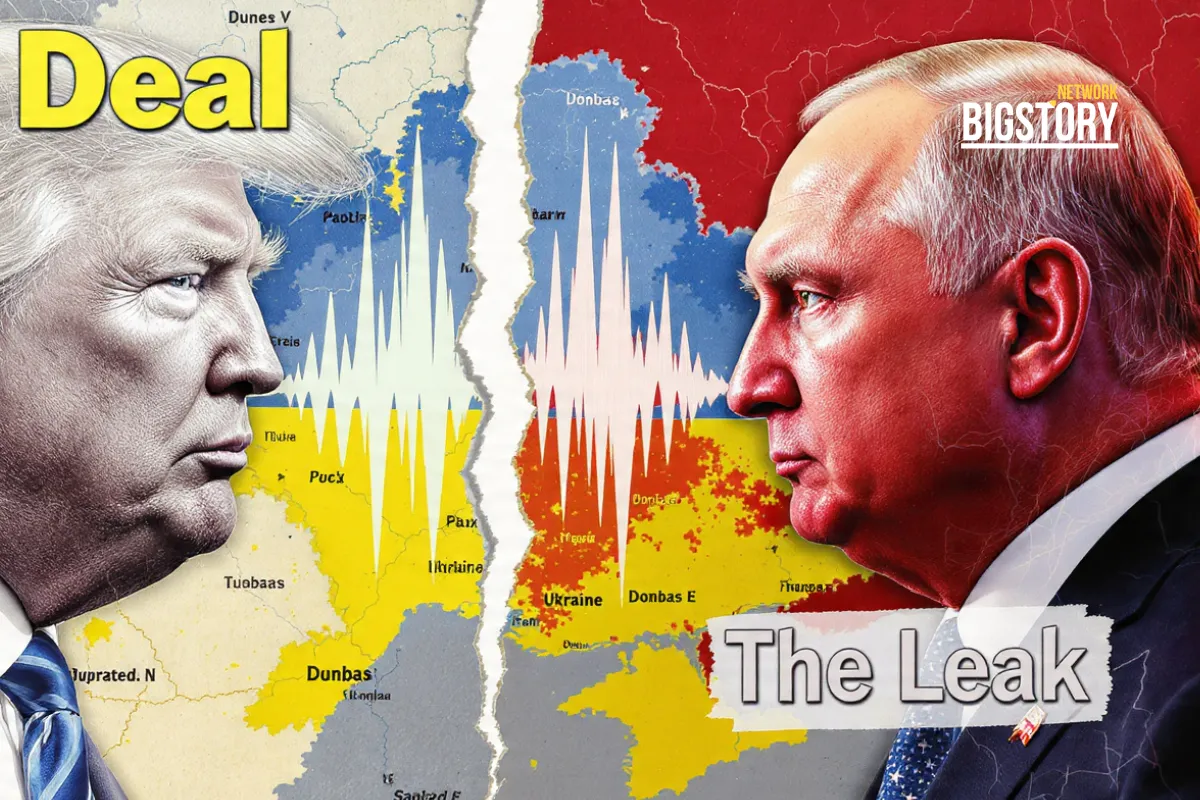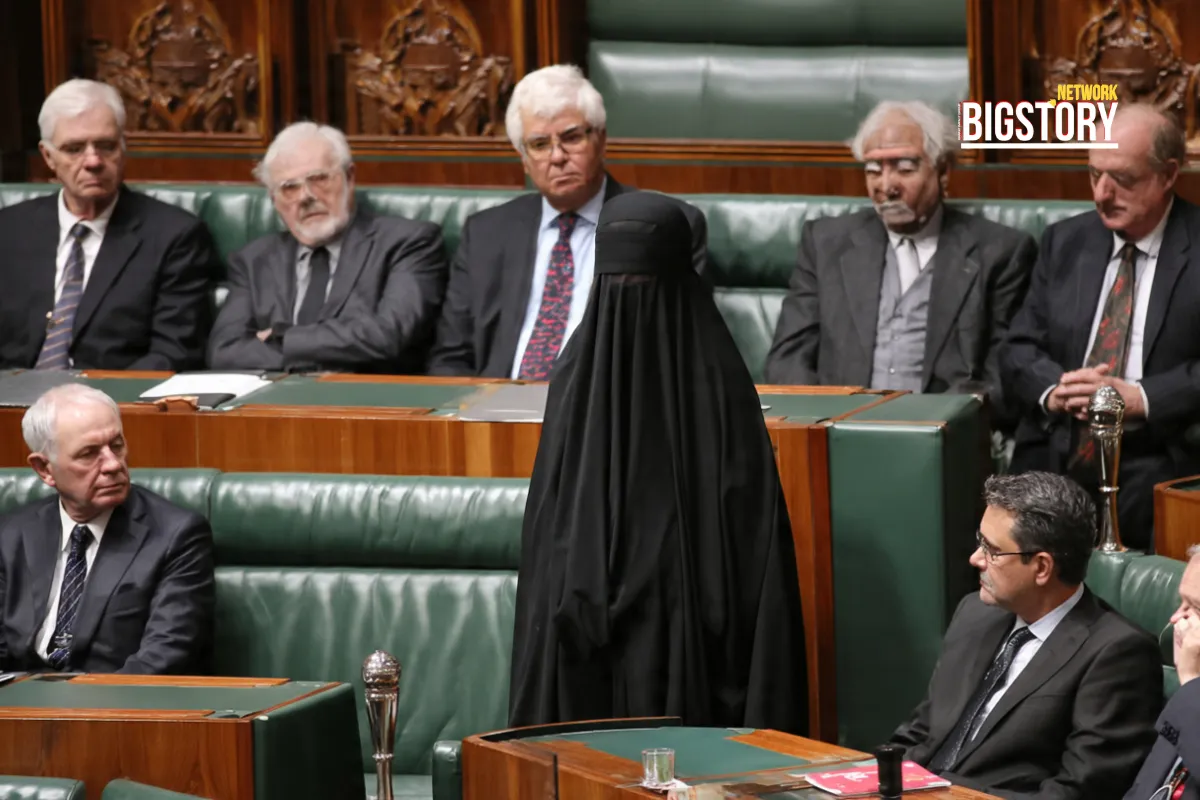Federal government shuts down Oct 1, 2025 after Congress fails to pass funding bill. 750K workers furloughed. Latest updates and economic impact.
 Sseema Giill
Sseema Giill
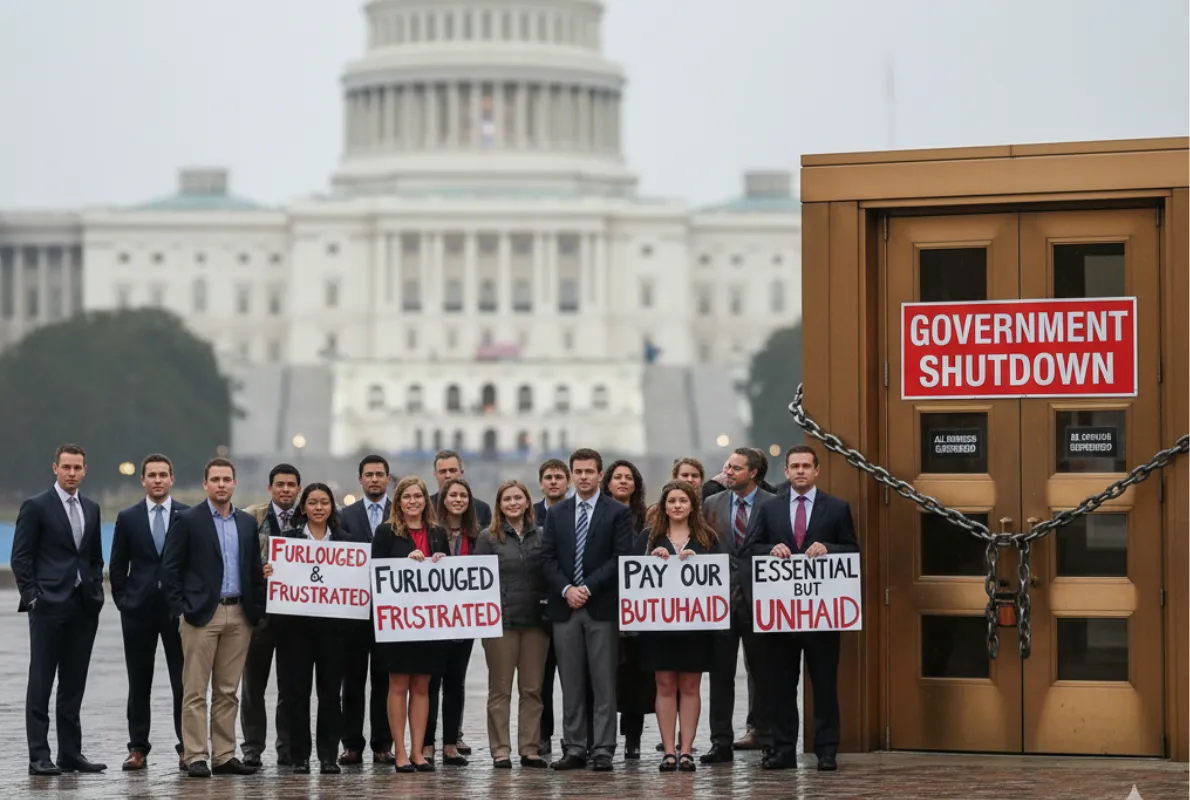
The federal government of the United States began a shutdown at 12:01 a.m. EDT on October 1, 2025, marking the first lapse in funding in nearly seven years and the 21st shutdown in modern American history. The shutdown began after Congress failed to pass appropriations legislation before the September 30 deadline, with both Republican and Democratic proposals rejected in the Senate.
What Happened: Funding expired at midnight on September 30 after the Senate rejected both Democratic and Republican bills. The Republican proposal, a “clean” continuing resolution, would have extended funding until November 21. Democrats demanded the inclusion of healthcare subsidies and Medicaid restoration.
Congressional Votes: The House-passed Republican measure failed in the Senate by five votes. Only two Democrats—Sen. John Fetterman (PA) and Sen. Catherine Cortez Masto (NV)—along with independent Sen. Angus King (ME), supported it.
Scale of Impact: Around 750,000 federal employees are expected to be furloughed. Some agencies will furlough up to 98% of their workforce. The Congressional Budget Office estimates the daily cost of compensating furloughed workers at nearly $400 million.
At the heart of the deadlock is a dispute over healthcare funding. Democrats are pushing for restoration of enhanced Affordable Care Act premium subsidies—set to expire this year—costing an estimated $350 billion over the next decade and benefiting 3.8 million Americans.
Republicans, who control both chambers of Congress with a 53–47 Senate majority, have refused to negotiate on healthcare as part of the funding package.
The current impasse follows a March 2025 showdown, when Democrats reluctantly backed a Republican resolution to avoid shutdown. This time, party leaders have drawn a hard line.
Trump Administration:
President Donald Trump blamed Democrats, claiming they “want to shut down the country.” He also released an AI-generated video mocking Democratic leaders. The White House homepage displayed a message reading: “Democrats Have Shutdown the Government”.
Republican Leadership:
Vice President JD Vance said the shutdown was “inevitable” due to Democrats. Senate Majority Leader John Thune declared Republicans “will not be held hostage.” House Speaker Mike Johnson accused Democrats of playing politics against Trump.
Democratic Leadership:
Sen. Chuck Schumer and Rep. Hakeem Jeffries called Trump’s conduct “erratic and unhinged.” They emphasized Democrats are “prepared to pursue a bipartisan approach” but need “a trustworthy partner.”
Economic Experts: Economists warn each week of shutdown could shave 0.15–0.2% off GDP. Extended furloughs may increase unemployment and reduce consumer spending.
Federal Employees: Unions fear many workers living paycheck-to-paycheck will face hardship. Unlike previous shutdowns, the Trump administration has threatened permanent layoffs.
Political Analysts: The showdown tests Democratic leadership, particularly Jeffries in his first big funding battle. Unlike the 2018–2019 shutdown, this one involves threats of structural job cuts.
Federal Services:
Economic Data: The Bureau of Labor Statistics suspended work, delaying the September jobs report and possibly the October Consumer Price Index.
Markets: Stock futures fell, gold hit record highs, and the dollar fluctuated. Economists caution the disruption could complicate Federal Reserve decisions this month.
The shutdown comes amid global economic uncertainty. European markets dipped early before rebounding, while concerns grew about U.S. fiscal stability and Treasury security reliability.
International observers warn prolonged dysfunction could hurt U.S. credit ratings and investor trust. While past shutdowns had limited long-term impact, political polarization and the threat of permanent workforce cuts add new risks.
With both sides entrenched, no quick resolution is visible. The last major shutdown under Trump lasted 35 days (Dec 2018–Jan 2019). Economists and federal workers alike fear this one could drag on, with deeper consequences for the economy and political stability.
1. How many government shutdowns has the U.S. had before 2025?
This is the 21st U.S. federal government shutdown in modern history. The last major one occurred from December 2018 to January 2019 under President Trump, lasting 35 days.
2. How many federal workers are affected in the 2025 shutdown?
About 750,000 federal employees are expected to be furloughed, while essential workers such as military personnel, air traffic controllers, and border agents must continue working without pay until funding resumes.
3. Will federal employees get paid during the shutdown?
No. Furloughed workers will not be paid during the shutdown. Historically, Congress has approved back pay once government reopens, but this is not guaranteed.
4. Can furloughed federal workers apply for unemployment benefits?
Yes. Federal employees who are furloughed may file for unemployment compensation through their state’s unemployment office. However, if Congress later approves back pay, they may be required to repay unemployment benefits received.
5. What happens to essential services like Social Security, Medicare, and the military?
6. How does the government shutdown affect the U.S. economy?
Economists estimate each week of shutdown reduces GDP by 0.15–0.2 percentage points. It disrupts consumer spending, weakens financial markets, and delays key economic reports like jobs and inflation data.
7. How long could the 2025 government shutdown last?
There is currently no clear end date. With both Democrats and Republicans refusing to compromise, analysts warn this shutdown could be prolonged, similar to or even longer than the 35-day 2018–2019 shutdown.

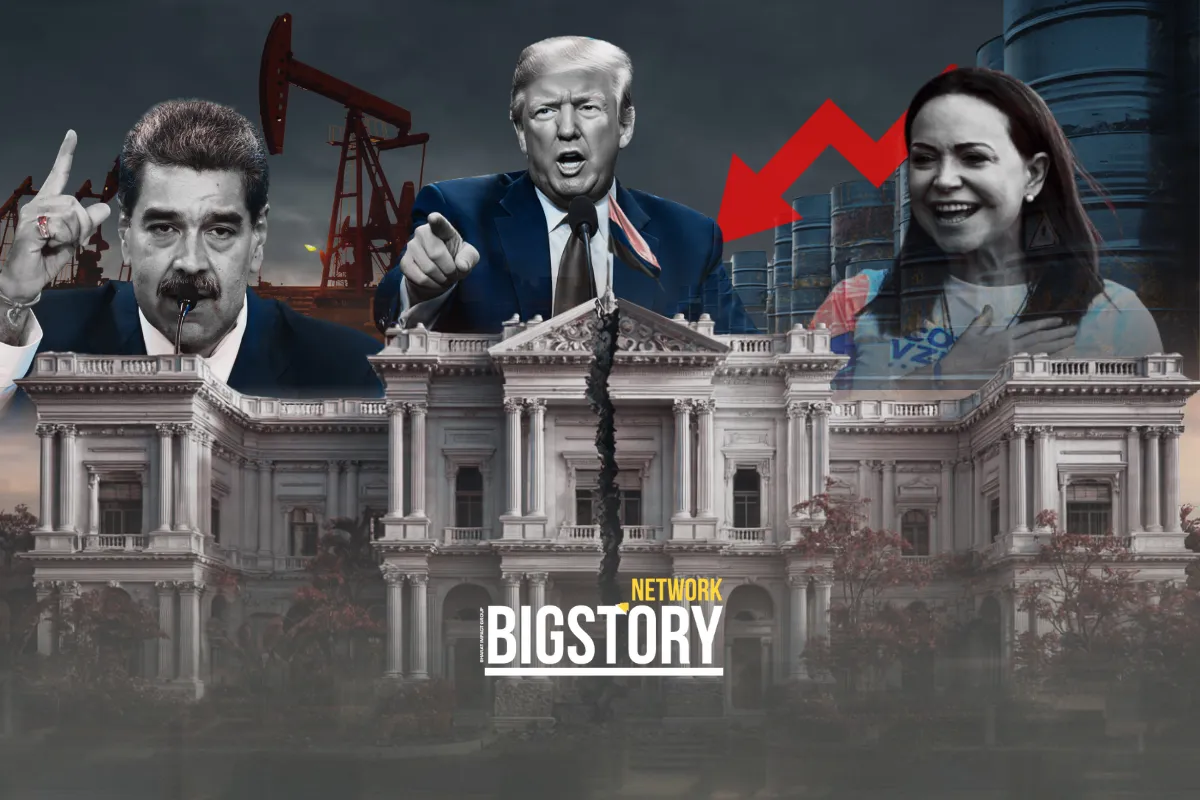




Sign up for the Daily newsletter to get your biggest stories, handpicked for you each day.
 Trending Now! in last 24hrs
Trending Now! in last 24hrs
